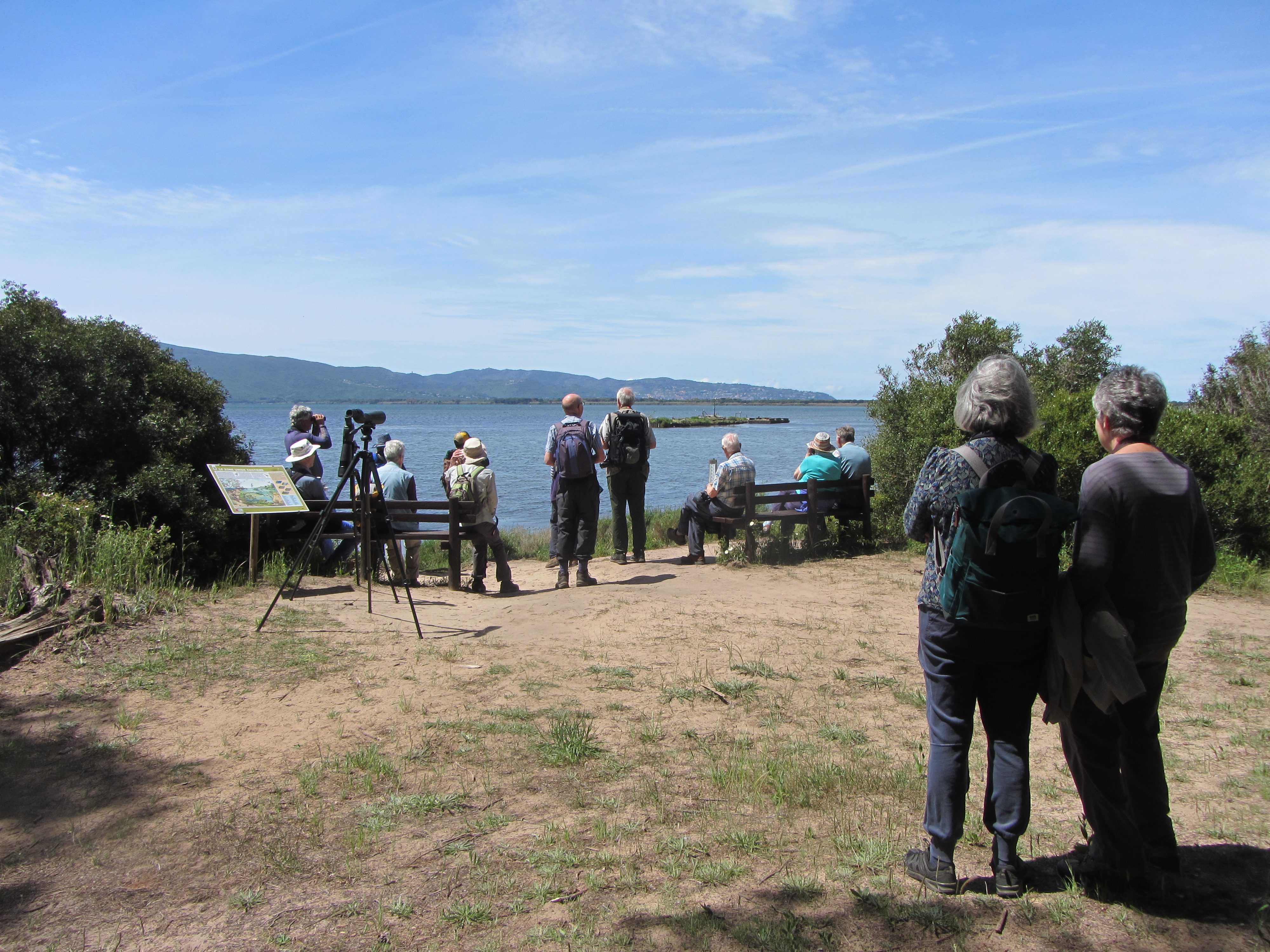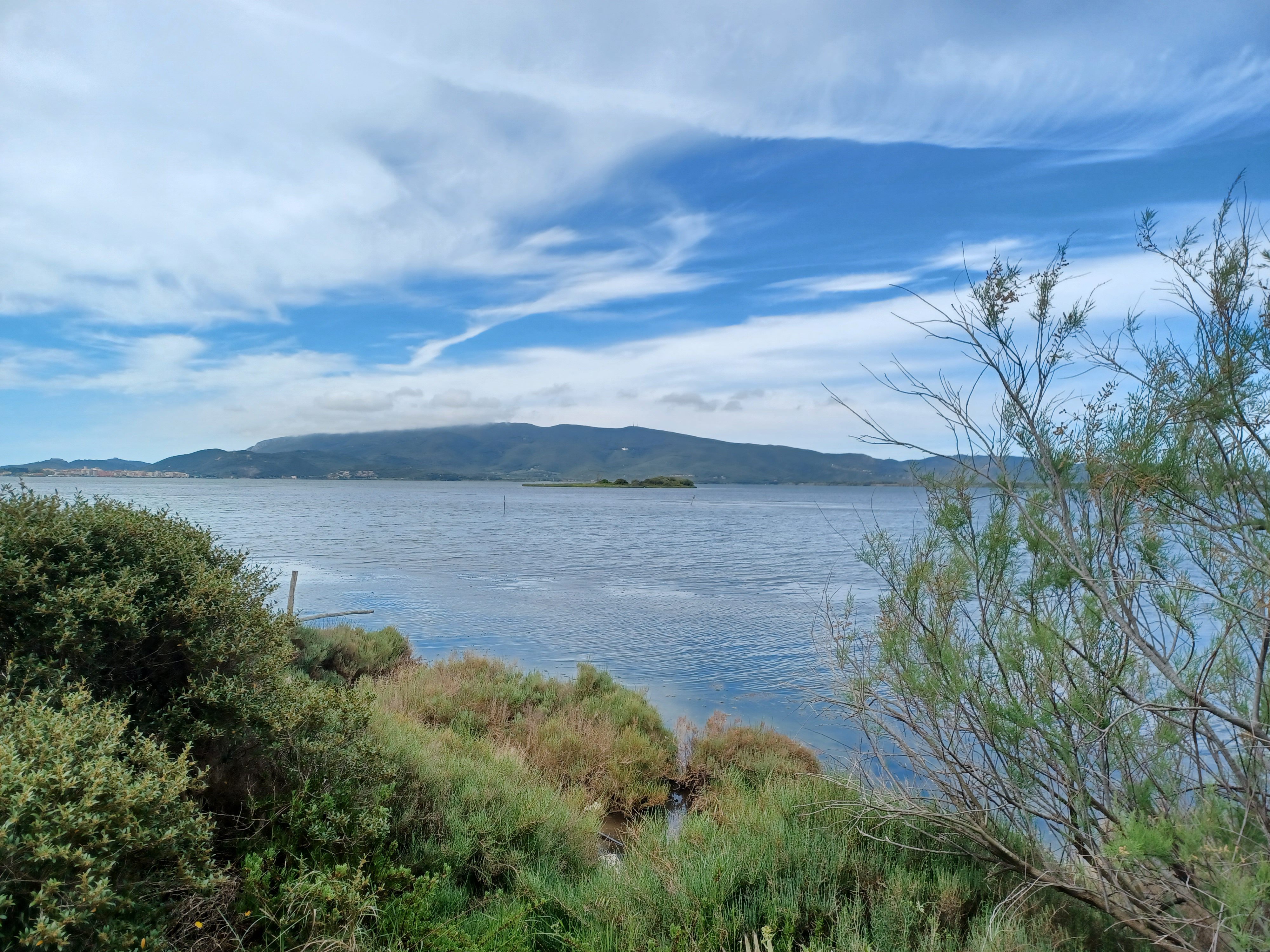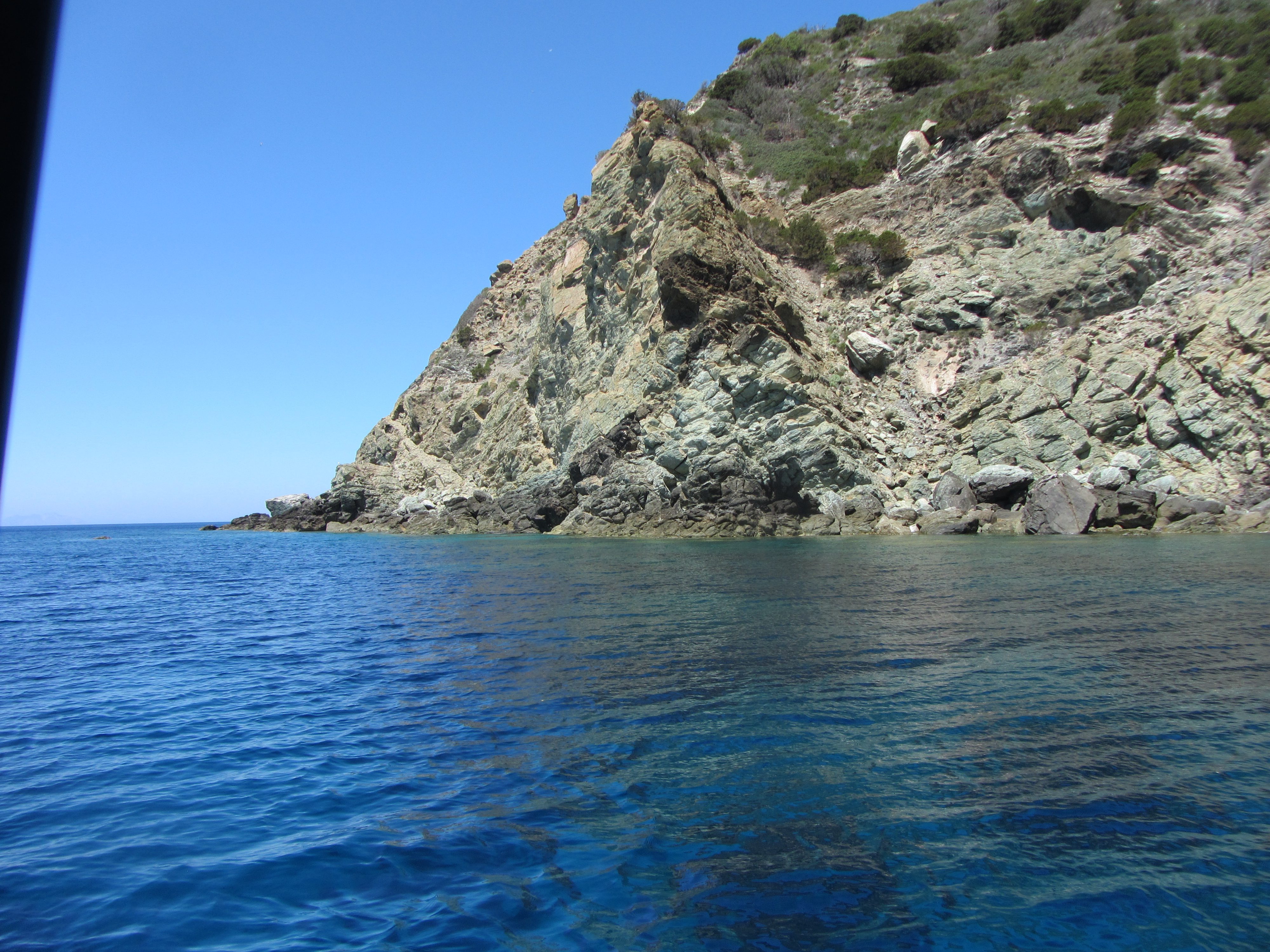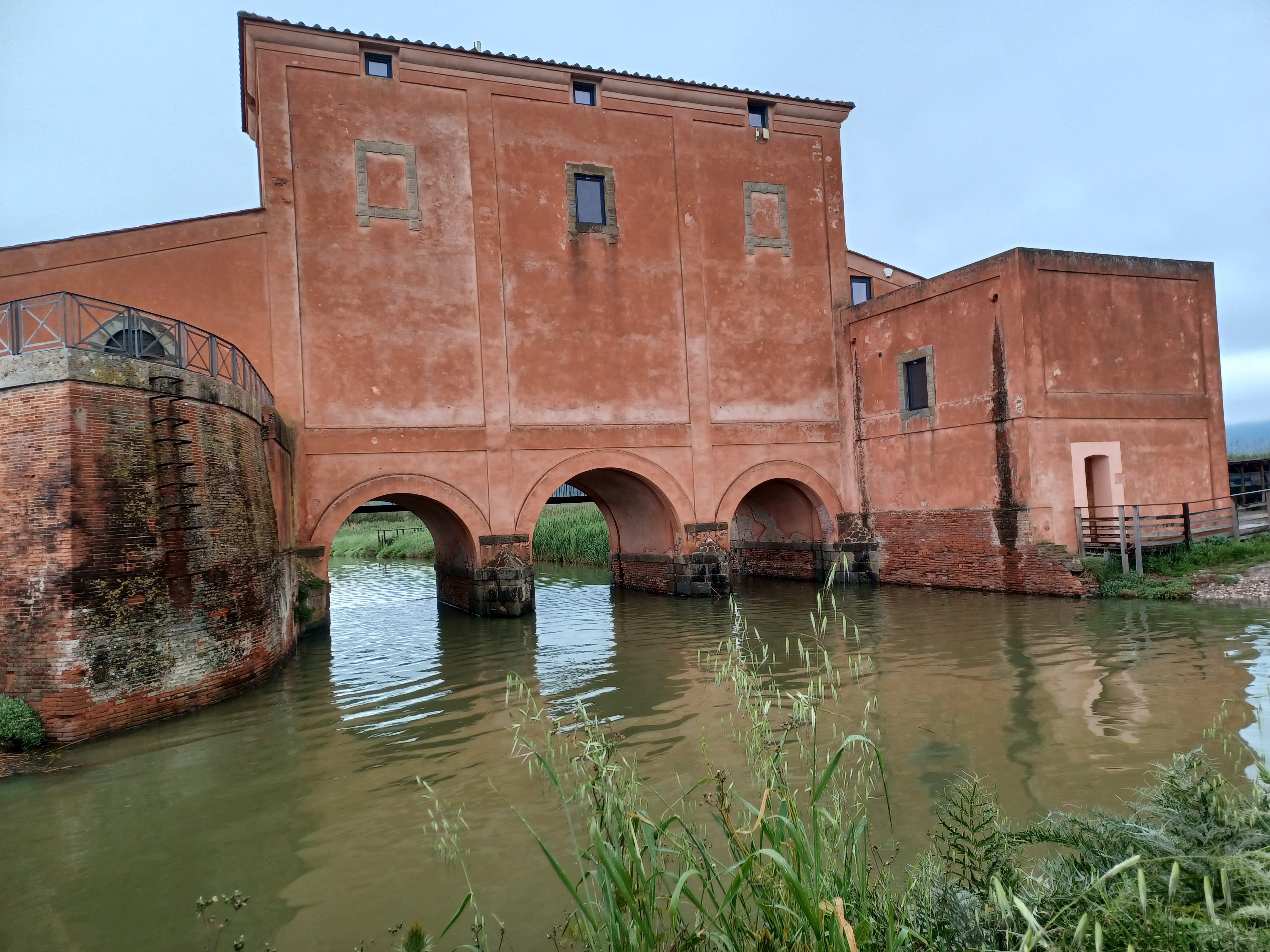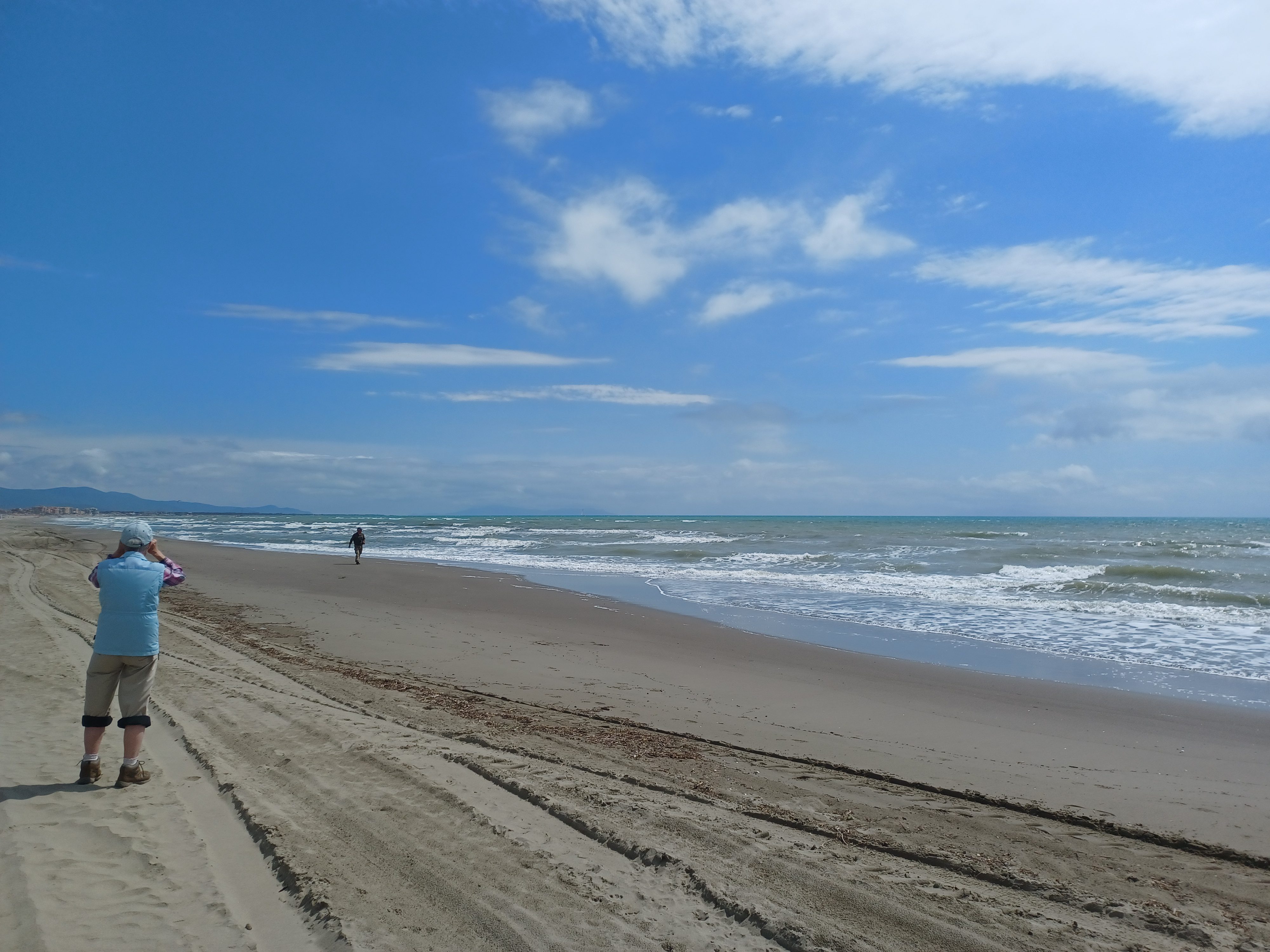In the past when I’ve thought of Tuscany the images that sprung to mind were of medieval hilltop villages with towers, and towns such as Pisa, Florence and Siena. I hadn’t heard of The Maremma In South West Tuscany until we saw a Naturetrek holiday advertised that promised a slower paced wildlife holiday based near Alberese so for others who know nothing or little about the region I describe below the various areas and nature reserves that make up this little visited area.
Once home to the Etruscans who built drainage canals that turned it into a prosperous agricultural region it was neglected after the Romans took over and eventually became a swampy area where malarial mosquitoes flourished and the only people who lived there were butteeri, cowboys on horseback who tended the herds Reclamation of the area was begun by the Austrian grand dukes but the Italian kingdom did not continue the work so it was not until after the Second World War that the mosquitoes were finally eradicated, largely with the help of the British and DDT: one of our holiday group told me about a relative of his who was in the British army that worked on the programme to complete the reclamation of the area. Being driven along the main road to Il Duchesco, our agriturismo accommodation near the village of Alberese, we saw Grosseto in the distance. Grosseto is the capital of the Maremma province; the architecture and history sound interesting and there is a museum there but we didn’t have time for a visit. On the coast the Maremma stretches from Follinica in the north to just past Cosa in the south. We only saw a small part of the Maremma and the following are brief accounts of our visits to the wildlife reserves and nature park that we saw.
MONTE ARGENTARIO AND ORBETELLO LAGOON
Monte Argentario is a rocky, interesting area; it used to be an island, but became joined to the mainland when sea currents built up two symetrical sandbars that then connected the island to the mainland; on a peninsula in between the sandbars is Orbetello, once an Etruscan city, then Roman it also has Spanish influences and Mussolini made it the main base for sea-planes in the 1930’s: that also looks like an interesting city to explore. The Romans built a causeway from Orbetello to Argentario which split the shallow natural lagoon in half, there are a lot of fish farms there now but most of the northern half is an important WWF reserve for marine birds, home to over 300 species, and on two days we visited the two parts – Oasi Naturale di Orbetello (second picture) and Bosco della Patanella (first photo) – both have bird hides overlooking the lagoon as well as inland, with walks through different habitats so we saw a good variety of birds (osprey, common stilt etc.) and also butterflies, wildflowers and wild boar. We saw more of Monte Argentario when we drove to Porto Santo Stefano to board a boat for a birdwatching non-landing trip around the island of Giglio which is the largest Tuscan island after Elba.
RESERVA NATURALE DIACCIA BOTRONA AND OASI SAN FELICE
Another day we went a bit further north to the Reserva Naturale Diaccia Botrona, where rain had made for slippery board walks over the muddy terrain to a bird hide; it was worth the difficult walk as we saw a good number of marine birds although my favourites were the many flamingoes. There was also a museum and tourist centre in the Red House (with toilets, thank goodness!) and outside some picnic tables where we had our lunch. The coast here is not particularly picturesque but in the afternoon we walked through another reserve, Oasi San Felice, to Sunset Beach where there is a long and sandy beach with enough plants growing amongst the dunes to keep our botanists happy but not many birds that day. We were the only people on the lovely beach but in season it must be really busy as there are camp sites scattered amongst the umbrella pines beside most of the local roads – exclusive it is not – but a very pleasant family friendly holiday area with safe bathing. We walked back along sandy paths through pine trees and saw large orchids and butterflies in the clearings.
MAREMMA NATURE PARK is one of the largest wildlife reserves in the area so deserves a separate review.
